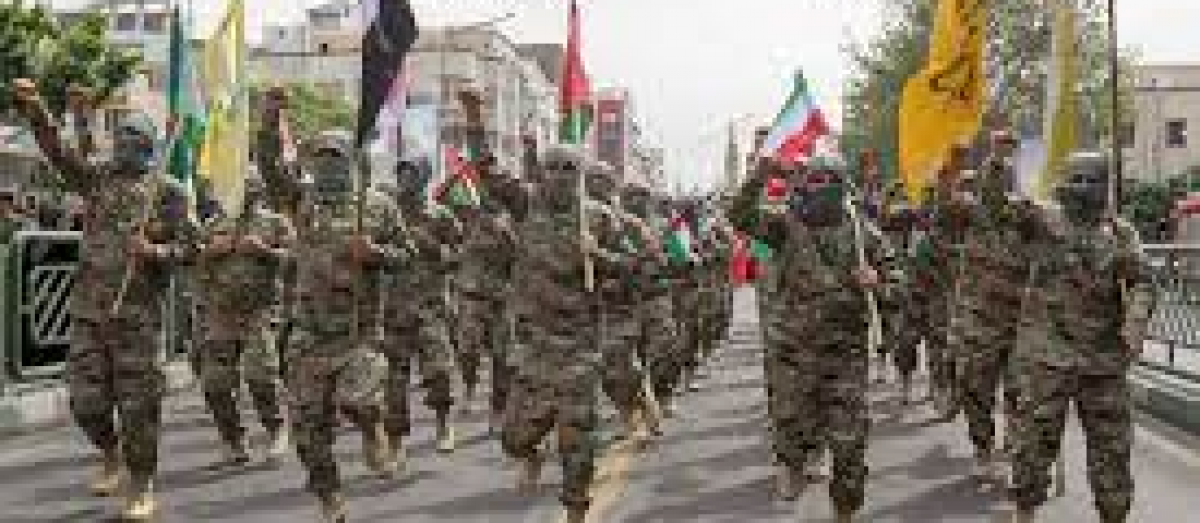Decoding Iran’s Foreign Policy: Unraveling the Complex Tapestry of National Interests
In the realm of global geopolitics, every nation meticulously crafts its foreign policy based on a mosaic of historical, cultural, and strategic considerations. Iran, a nation with a rich tapestry of history and a pivotal position in the Middle East, is no exception. Let’s delve into the key facets that define Iran’s national interests and influence its foreign policy priorities.

1. Safeguarding Security and Sovereignty:
Iran places a paramount emphasis on regional stability to ensure its own security. This extends to the pursuit of nuclear capabilities, framed as a deterrent against potential external threats.
2. Economic Imperatives:
The quest for economic development and relief from sanctions drives Iran’s foreign policy agenda. Leveraging its significant oil and gas resources, Iran seeks strategic partnerships to bolster its economy.
3. Regional Influence:
Strategic alliances with like-minded actors and support for sympathetic groups are central to Iran’s quest for regional influence. Hezbollah in Lebanon and the Assad regime in Syria exemplify these alignments.
4. Ideological and Cultural Foundations:
As an Islamic Republic, Iran integrates the promotion of Islamic ideals into its foreign policy. An anti-imperialist stance, rooted in historical grievances, shapes its reluctance to align with Western powers.
5. Domestic Stability:
Preserving internal stability and reinforcing regime legitimacy are inherent to Iran’s foreign policy. Diplomatic decisions are carefully framed to resonate with the sentiments of the Iranian public.
6. Countering External Threats:
Perceived threats from certain global actors, notably the United States and Israel, drive Iran to formulate foreign policy strategies aimed at countering these perceived challenges.
7. Diplomatic Pragmatism:
Iran engages in a delicate balancing act, combining pragmatism with ideological principles in its foreign relations. This often leads to unexpected partnerships based on shared interests.
8. Human Rights and International Image:
Despite ideological differences, Iran is attuned to its international image. Diplomatic efforts are deployed to counter negative perceptions and present its version of events on the global stage.
In essence, Iran’s foreign policy is a multifaceted strategy that intertwines security, economic interests, regional influence, and ideological foundations. Understanding the nuances of Iran’s national interests is crucial for decoding the complexities of its foreign policy decisions. As we navigate this intricate landscape, we gain insights not only into Iran’s diplomatic maneuvers but also into the broader dynamics shaping the Middle East.





